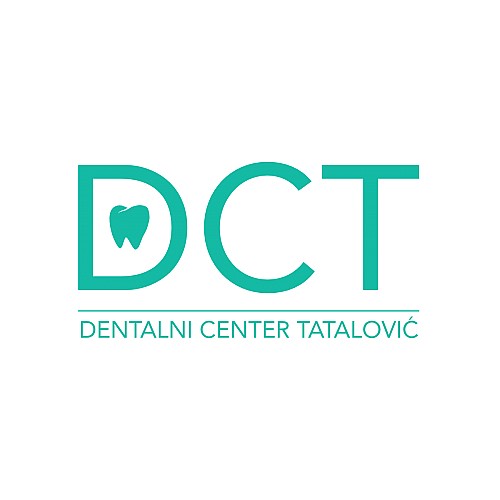We are most susceptible to caries between the age of 6 and 12 during the growth of permanent teeth. If tooth decay appears at that stage, it’s very likely that problems with teeth will continue in the future. Therefore, it is essential to be taught about regular and thorough oral hygiene in the childhood and use proper accessories, as only adequate oral hygiene and regular preventive examinations at the dentist will contribute to better health of teeth and gums in the adulthood.
When we eat, naturally present bacteria in our mouth transform sugars and carbohydrates into acids. Without regular oral hygiene and adequate brushing of teeth, those acids become active and cause tooth decay, which is called CARIES.
Caries is treated with a dental procedure and creation of a composite tooth filling.
When caries is present on the enamel, it is called initial or surface caries that can be visible as a white chalky stain. Caries progression can be prevented with good oral hygiene, change of eating habits, use of fluoride toothpastes or fluoride varnishes and use of a chlorhexidine mouthwash. When caries penetrates into the dentin, it quickly expands and discolours the tooth. Efficient treatment involves mechanical extraction - a dental procedure and replacement with a dental filling, white composite filling or less frequently, an amalgam filling.
Caries can cause pain, but this is not a rule!
Penetration of active acids through dental enamel is not painful, and acids penetrating through dentin do not cause any pain either. We feel pain when the dental nerve has been affected. At such time, the damage can already be very big. Untreated caries shall progress into the pulp, the tissue with blood vessels and the nerve, cause inflammation and death of the tooth nerve (necrosis), resulting in the need for endodontic treatment.
Conservative treatment also includes removal of white stains on the front teeth with various procedures that depend on the cause of formation.
Composite and amalgam fillings
- White - composite fillings are aesthetically pleasing compared to amalgam fillings. Their strength is very competitive or even surpasses amalgam. Besides an aesthetically pleasing result, another advantage of a composite filling is also the removal of less tooth compared to an amalgam filling. The creation of a composite filling is more demanding.
- Amalgam fillings are used less and less frequently, because much more tooth must be removed for its retention. They are not aesthetically pleasing and we use them only exceptionally.
At the patient’s choice, the dental procedure can be performed under local anaesthesia.
In our dental practice, conservation is performed by Milan TATALOVIĆ, DMD, Živa TATALOVIĆ, DMD, and Katja EREŠ TATALOVIĆ, DMD.


